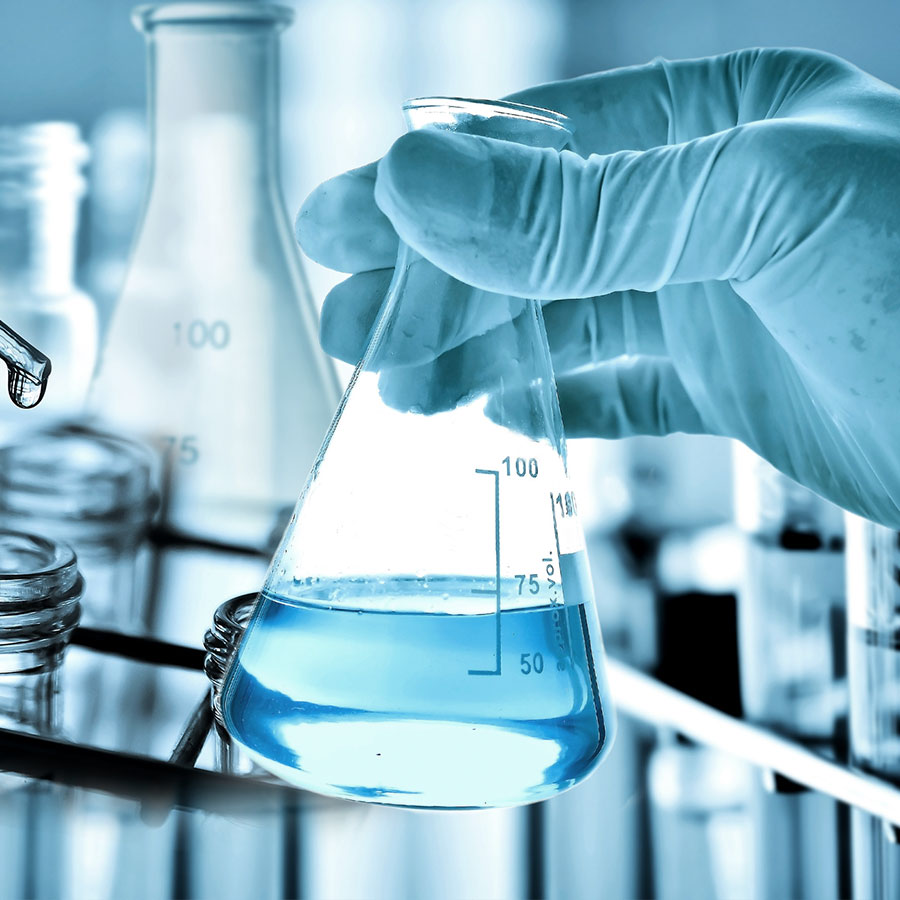Interaction of hepatitis C virus with lipoproteins and its role for infection and virus persistence

The cellular protein ABHD5 (stained in red) concentrates at the surface of the so-called lipid droplets (shown in green) in liver cells. Lipid droplets store lipids in the cells and play an important role in the assembly of Hepatitis C Virus particles. ABHD5 is one of the factors involved in this process. The nuclei of the cells are stained in blue.
Chronic infection with the hepatitis C virus (HCV) remains a global health problem. While curative therapies are available, many patients are unaware of their infection, and high treatment costs limit access to therapies, particularly in resource poor areas of the world where HCV prevalence is greatest. Moreover, treatment-induced viral clearance does not protect from reinfection. Thus, a prophylactic vaccine is needed to further reduce HCV-associated disease burden. HCV has evolved multiple strategies to evade innate, cellular and humoral immune responses thus allowing it to establish chronic infections. The association of HCV particles with human lipoproteins facilitates homing of virus particles to the liver and it mediates escape from neutralizing antibodies. Moreover, genetic variation in human lipoprotein genes like ApoE may influence the course of HCV infection.
In this project, Thomas Pietschmann and his staff are investigating the principles that govern the interaction between HCV and human lipoproteins and how association with lipoproteins facilitates cell entry and escape from antibodies. The ultimate goal is to use this information to guide development of HCV vaccination strategies. Up to now, cellular pathways and machineries involved in the interaction between HCV and lipoproteins are not fully understood. This projects aims at unravelling these connections by a variety of methods established in the laboratory of Thomas Pietschmann.
Scientific work programme
We characterize the structure and function of cellular and viral multi-protein complexes in the process of HCV assembly by using a combination of cell biological, viral, and quantitative proteome approaches. By using this approach and several viral mutants arrested at distinct steps of HCV assembly and release we explore the function and composition of multi-protein complexes in the course of assembly and viral maturation. Targets identified by these analyses are confirmed by RNA interference. Detailed analysis of HCV particle composition, specific infectivity, receptor interactions as well as neutralization by antibodies reveals the influence of lipoprotein interaction on the HCV entry process.
Collectively, this work will help us to define cellular factors that coordinate HCV lipoprotein interaction and in turn facilitate virus persistence.

Lorem ipsum dolor sit amet, consetetur sadipscing elitr, sed diam nonumy.
Thomas Pietschmann is talking about his research at CRC 900
Thomas Pietschmann has been part of the CRC since it was founded in 2010. His project A6 investigates the interactions of the hepatitis C virus with human lipoproteins.
Publications of the project A6
Contact

Prof. Thomas Pietschmann
TWINCORE – Centre for Clinical and Experimental Infection Research
Experimental Virology
Feodor-Lynen Str. 7
30265 Hannover
+49 511 220027-130
Thomas.Pietschmann@twincore.de